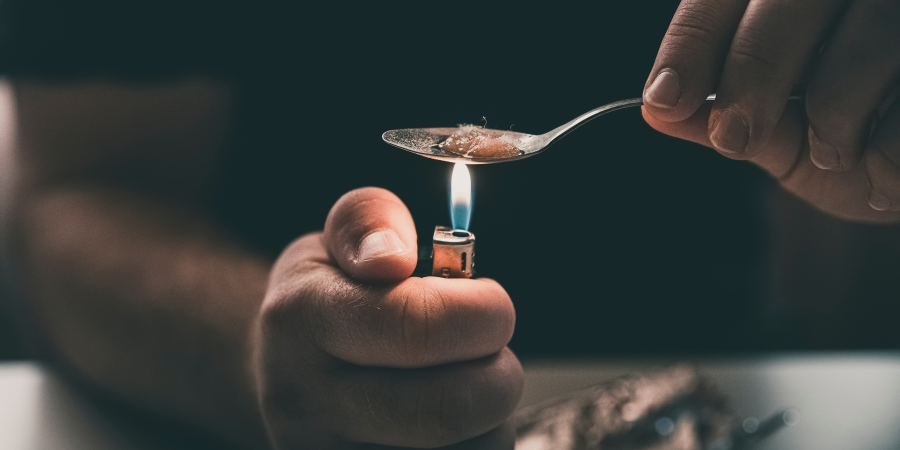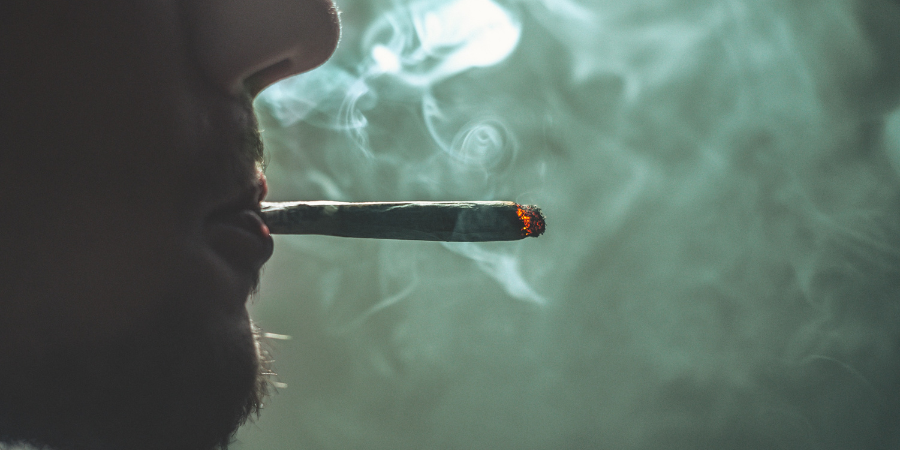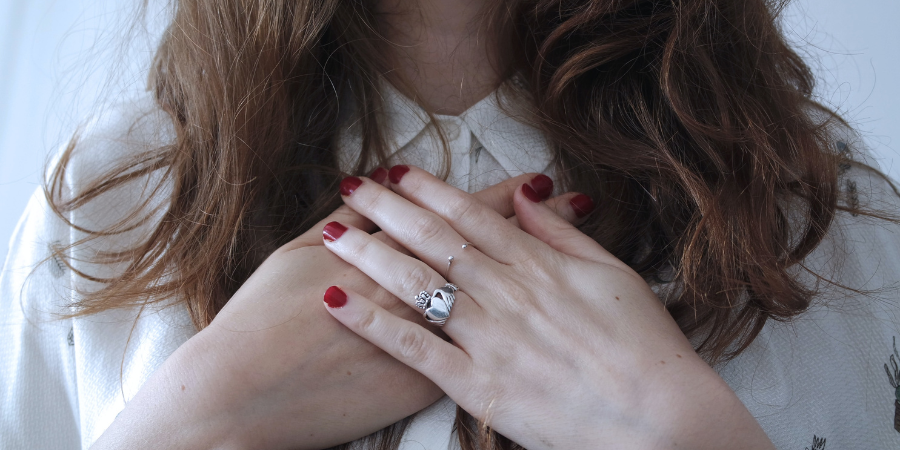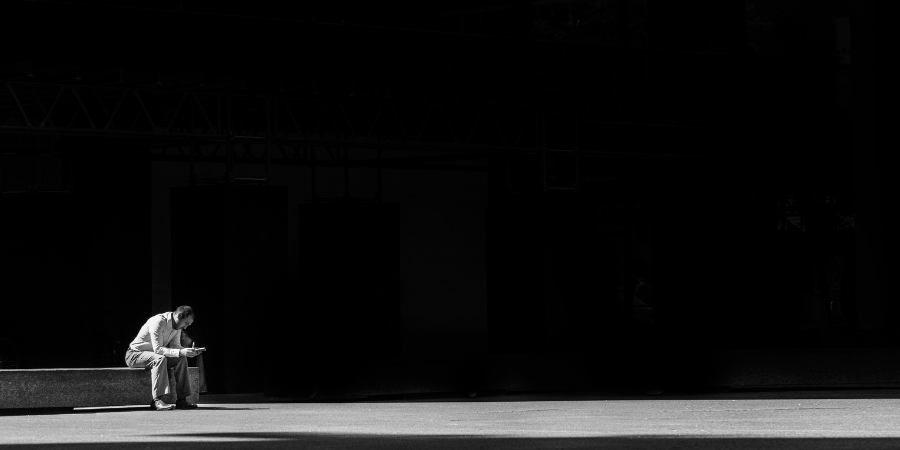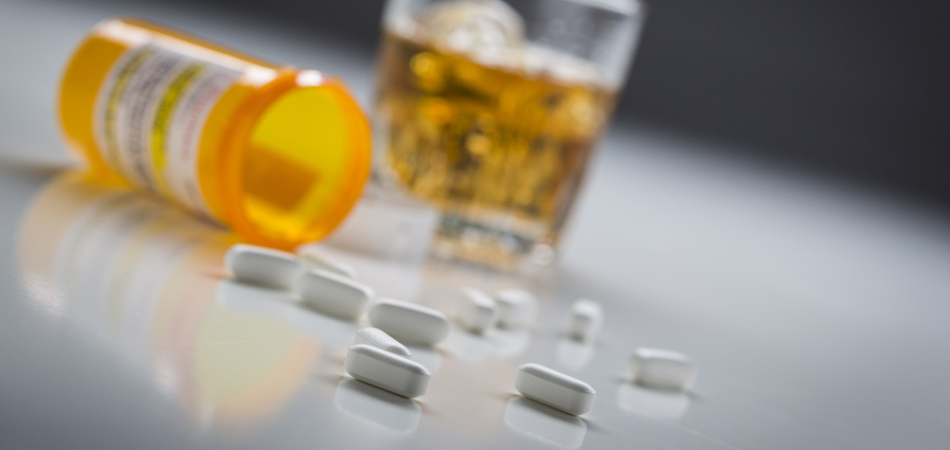
Written by:

Medically Reviewed by:
Last Updated:
August 13th, 2025
Crack Cocaine Addiction | Symptoms and Effects
There’s something about the word ‘crack’ that makes people tense up. It’s the one drug that, even in a long list of harmful substances, still manages to carry an extra punch of fear and stigma. But behind all the headlines and harsh stereotypes, there are real people caught in a difficult cycle.
Understanding how crack cocaine addiction develops, what it does to the mind and body, and how to spot it is a crucial step toward recovery. Whether you’re worried about your own use or someone close to you, being informed might be the turning point.
What is crack cocaine?
Crack cocaine is made by cooking powdered cocaine with baking soda or ammonia, forming hard, rock-like crystals. These are broken up and smoked, sending the drug straight to the lungs and then rapidly to the brain. The result is a very intense, very fast high that fades almost as quickly as it begins.
Because of how rapidly the effects wear off, many users end up smoking crack repeatedly in short bursts, chasing the high again and again.
Why crack cocaine addiction happens so fast?
While powdered cocaine is addictive in its own right, crack cocaine’s method of use makes dependency develop far more quickly. When smoked, crack bypasses the usual filters of the body, flooding the brain with dopamine. The euphoria can be overwhelming, but so too is the crash that follows.
After just a few uses, the brain starts to rely on crack for pleasure, motivation, and even emotional stability. It becomes difficult to feel ‘normal’ without it and because the high is so short-lived, the temptation to use more becomes constant. That’s the trap: an addiction that builds not over months, but sometimes within weeks or even days.
Who is affected by crack cocaine in the UK?
Crack cocaine isn’t a relic of 1980s America. In the UK, its presence is very real and growing. A 2023 government report found that crack use has risen steadily over recent years, with 19% of all people in drug treatment citing it as their primary issue. Even more telling, almost half of those in treatment reported using crack alongside heroin or other opiates.
This kind of polydrug use, where one drug is used to soften the crash of another, makes recovery more complex. Crack’s sharp, stimulating high is often followed by extreme exhaustion, so it’s not uncommon for users to turn to downers to take the edge off. It becomes a back-and-forth that’s incredibly hard to manage without proper help.
The impact of crack cocaine addiction?
The effects of crack addiction stretch far beyond the momentary high. It can change every corner of a person’s life: how they feel, think, relate to others, and function day-to-day. Here’s what that can look like:
Users might also experience tremors, muscle spasms, or skin issues due to poor hygiene and the drug’s toxic effects.
Long-term use can also erode memory, decision-making skills, and emotional regulation, leaving users feeling out of control and trapped in cycles of fear and despair.
Over time, this wears down trust and can lead to isolation, homelessness, or family breakdown.
The combination of financial strain and legal pressure can feel overwhelming, especially for those already struggling with mental health or employment.
Signs of crack cocaine addiction
Addiction isn’t always obvious at first, but there are signs that start to surface over time. These can be broken down into three key areas:
- Sudden, noticeable weight loss
- Burn marks on fingers or lips
- Frequent nosebleeds or respiratory issues
- Dilated pupils and high energy bursts
- Fatigue and exhaustion after binges
- Paranoia, hallucinations, or delusional thinking
- Mood swings, especially between euphoria and depression
- Cravings that dominate thought patterns
- Anxiety and irritability that feel out of proportion
- Memory lapses or trouble focusing
- Withdrawing from friends and family
- Skipping work, missing deadlines, or struggling to concentrate
- Financial secrecy or asking for money frequently
- Risk-taking behaviour, including unsafe sex or crime
- Lying about whereabouts or time spent alone
If several of these feel familiar, it might be time to step back and take an honest look at what’s happening.
Am I addicted to crack cocaine?
It’s not always easy to see addiction when you’re in it. The line between use, habit, and dependency can blur quickly. Asking yourself some direct questions can help bring clarity:
- Do you often feel like you need crack cocaine to get through the day?
- Have you tried to stop or cut back, only to go back to using shortly after?
- Do you hide your crack use from people close to you?
- Are relationships, work, or finances being affected?
- Do you feel worse mentally or physically when you’re not using?
Even answering yes to one or two can be a sign that crack has taken a stronger hold than you thought.
Where to get help
You don’t have to face this alone. At Primrose Lodge, we’ve helped many people break free from crack cocaine addiction and rebuild their lives. Our approach covers every stage, starting with detox to help you safely come off the drug, followed by therapies like CBT and DBT to work through the root causes.
We also incorporate holistic treatments like yoga and group work to give you tools for managing life in recovery. When your programme is complete, our aftercare support ensures that the safety net doesn’t disappear. You’ll still have a space to talk, reflect, and stay grounded.
Recovery takes courage. But with the right team behind you, the path becomes clearer.


